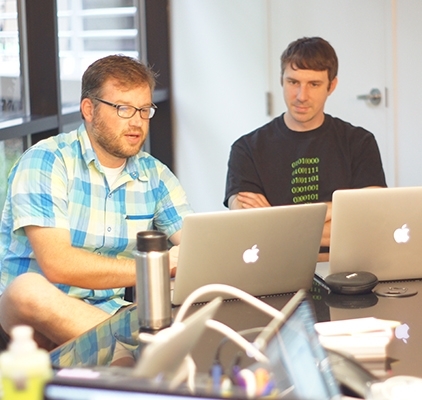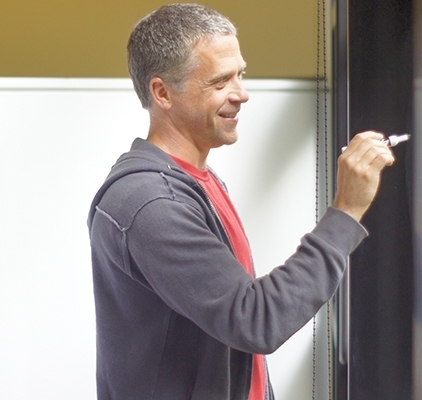Significant constraints appear in many aspects of problem solving. Anywhere you find frustrated people, you find constraints that have not been dealt with properly. The greater influence technology has on our day-to-day life, the greater the frustration grows. POMIET can guide you on a path to minimizing the constraints.
View our Work
What We Do

Creativity is fueled by constraints
We believe that creativity is fueled by constraints. We use a highly iterative approach to understand the constraints of a problem in order to develop workable solutions.
POMIET proposes solutions to problems only after understanding the business objectives, user needs, and supporting systems. We base our solutions on techniques and principles derived from years of experience in research, user interaction design, and product development.
Innovation Partner
More and more companies have begun to understand the “innovate or die” mantra, and have begun to look outside their own organization for their next breakthrough. We believe that you know your constraints better than we do, so we use this understanding to our advantage and count on you to be an integral part of the R&D team.

User Experience Tiger Team
The goal of a tiger team is to quickly generate innovative yet tangible ideas; ideas that you can take with you and implement immediately.
What to expect
A small team of researchers, designers, and engineers will work closely with your organization to quickly understand your users needs and prototype a solution. Typically, after 3 to 6 weeks you will have a conceptual model and prototype that has been verified by your users. Every UX Tiger Team delivers the prototype and a report summarizing the research findings. For agile teams, we may deliver an initial backlog of user stories with wireframe mockups attached to each story.
AI/ML Tiger Team
Solving one problem can unlock clues to the solution of many others. If you have a difficult problem that you’re looking to solve or want to know if natural language processing, image processing or other machine learning algorithms might help - let us have a crack at it!
What to Expect
A small team of computer scientists will seek to understand your problem, clearly define it, and propose possible solutions. After 6 weeks you will have an understanding of a feasible solution and the level of effort required to see your solution fully implemented. Typically, a solution analysis includes a report summarizing the research findings and all code written to analyze and prototype a solution.
Usability Testing
Analyzing users' experience with your product reduces guesswork and focuses product development on areas that will provide the highest return. We will talk to your real-life users to understand precisely what they expect compared to their actual experience with your product.
What to Expect
Two human factors engineers will test your user interface with at least six of your users. Most tests run for a week. Creating prototypes for testing, or developing test cycles with design iterations will increase the length of the process. If the tests are limited in scope, they might take a day or two. Upon completion of the test, you will have a report, with detailed recommendations for improvements to your user interface.
Data Analysis
If you’ve ever been curious if a data science or machine learning approach could help with a certain solution, a data analysis study is for you. This type of study will determine whether your data can be organized and used by advanced algorithms to solve a problem.
What to Expect
Often a data set needs quite a bit of preparation before it is ready to be used by advanced algorithms, and our goal is to help you understand your current situation. A small team of computer scientists will dive into your data with you to understand your problem and propose potential solutions. After 3 to 6 weeks you will have a proposed plan of attack based on our data analysis and the results of applying 2 or 3 advanced algorithms to your data. Every Data Analysis Study delivers a prototype and a report summarizing the research findings.
Looking for a guide on your journey?
Ready to explore how human-machine teaming can help to solve your complex problems? Let's talk. We're excited to hear your ideas and see where we can assist.
Let's Talk